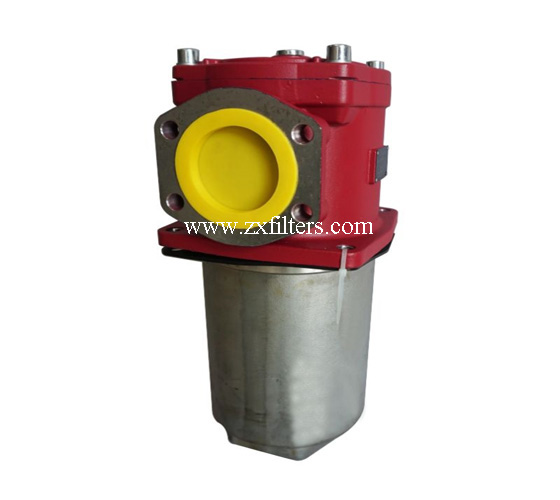Welcome to visit Xinxiang Zhongxin Hydraulic Technology Co., Ltd. !
- Phone:0086-158 3617 7527
- Email:[email protected]
Welcome to visit Xinxiang Zhongxin Hydraulic Technology Co., Ltd. !
The types of filter sealing rings are mainly classified by material and structural type. The materials include multiple types of high-molecular materials such as nitrile rubber, fluorine rubber, and silicone rubber. The structural types cover O-rings, V-rings, lip seals, and others.
Classification by Material
Nitrile Butadiene Rubber (NBR): Suitable for petroleum-based hydraulic fluids, gasoline, and general industrial environments. It has strong wear resistance and low cost, with a temperature range of -40°C to 120°C.
Fluorine rubber (FKM/VITON): It has excellent high-temperature resistance (-20℃ to 250℃) and chemical corrosion resistance, and is suitable for high-demand scenarios such as diesel engines and chemical plants.
Silicone rubber (SIL): It stands out for its excellent cold and heat resistance (-55°C to 250°C), but has relatively low mechanical strength. It is mostly used in household appliances and food-grade equipment.
Triple rubber (EPDM): Resistant to ozone and high-temperature steam, commonly used in bathroom equipment and automotive cooling systems.
Polytetrafluoroethylene (PTFE): Resistant to strong corrosive media and high temperatures, commonly used in core-type/bag-type filters in extreme working conditions.
By structure classification
O-ring: A universal sealing structure that achieves sealing through compression deformation. It is suitable for static sealing and low-speed dynamic sealing.
V-ring: It relies on oil pressure to make the lip edge tightly adhere to the sealing surface. Its compressive strength can reach 500 kilograms per square centimeter. It is suitable for high-pressure hydraulic systems.
Lip-shaped sealing ring: It has a dynamic self-tightening function and is commonly found in the check valves and bypass valve diaphragms of automotive filters. The working temperature range can reach -40℃ to 175℃.
Selection and Usage Notes
Matching of working conditions: The corresponding material and structure should be selected based on the type of medium (such as oil, acids, and bases), temperature range, and pressure.
Installation Specifications:
Avoid installing in the reverse direction or forcefully knocking to prevent damage to the lip edge.
Regular replacement (the cycle is usually 3000 to 5000 hours).
Quality Control: When replacing, check that the surface of the sealing ring has no cracks or grooves, and ensure that the size matches the groove.
